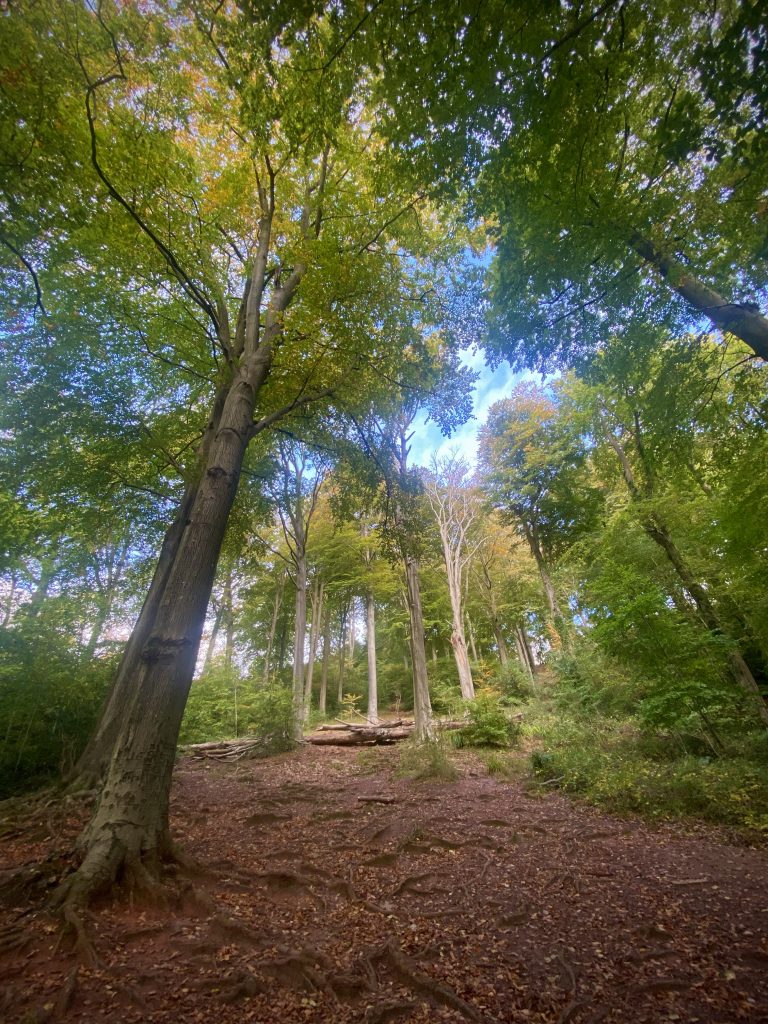Trees capture carbon, so the more trees the better right?
Well that’s not always the case as researchers in Scotland have found. Experimental plots of land in the Scottish moorlands that were planted with trees actually stored the same or less carbon after several decades than untouched plots covered in heather.
The intention of the study was not to disprove tree planting as an effective method of natural carbon sequestration (because in many cases it is), but it is important to consider the whole ecosystem (and importantly the soil) before peppering a landscape with trees!
When we think about the role woodland and other ecosystems perform in sequestering carbon and acting as a habitat for numerous species, soil’s role is equally important as what is happening above ground. In fact, 80% of carbon stored on land is held within soil! Carbon stocks of the ecosystem were measured after 12 and 39 years according to a study, taking into account both the carbon stocks of vegetation and soil.
Soil is at the core of the planet’s carbon lifecycle. The Carbon levels in soil are largely dependent on the Soil Organic Matter, which includes bacteria, fungi, decaying plant/animal matter and other products, all rich in carbon. Healthy soil means high-value natural carbon capture!
Introducing vegetation can have an adverse effects on soil. Trees are very effective at extracting water from soil, which means that they can dry out the land. Suddenly organic matter stored in soil is suddenly exposed to oxygen, leading to bacterial decay and release of CO2 in the atmosphere.
Trees can also affect the makeup of the soil. There are a complex array of microbes, bacteria and funghi underground, which all need to be understood and taken into account.

When planting on farmland, the story is different, as there is less existing vegetation and organic matter in soil to interrupt. Research of soil carbon stocks of planting schemes on these lands without much existing vegetation shows an average increase of 53% in soil carbon.
So it’s time for us to shift our perspective and not just to plant trees, but to also look underground and protect and expand other natural environments, such as wetland, grassland and other ecosystems.
- Ontl, T., Soil Carbon Storage, Nature Education Knowledge (2012)
- Friggens, N., et al., Tree planting in organic soils does not result in net carbon sequestration on decadal timescales, Global Change Biology (2020)
- Laganière, J., et al., Carbon accumulation in agricultural soils after afforestation: A meta-analysis. Global Change Biology (2010)

